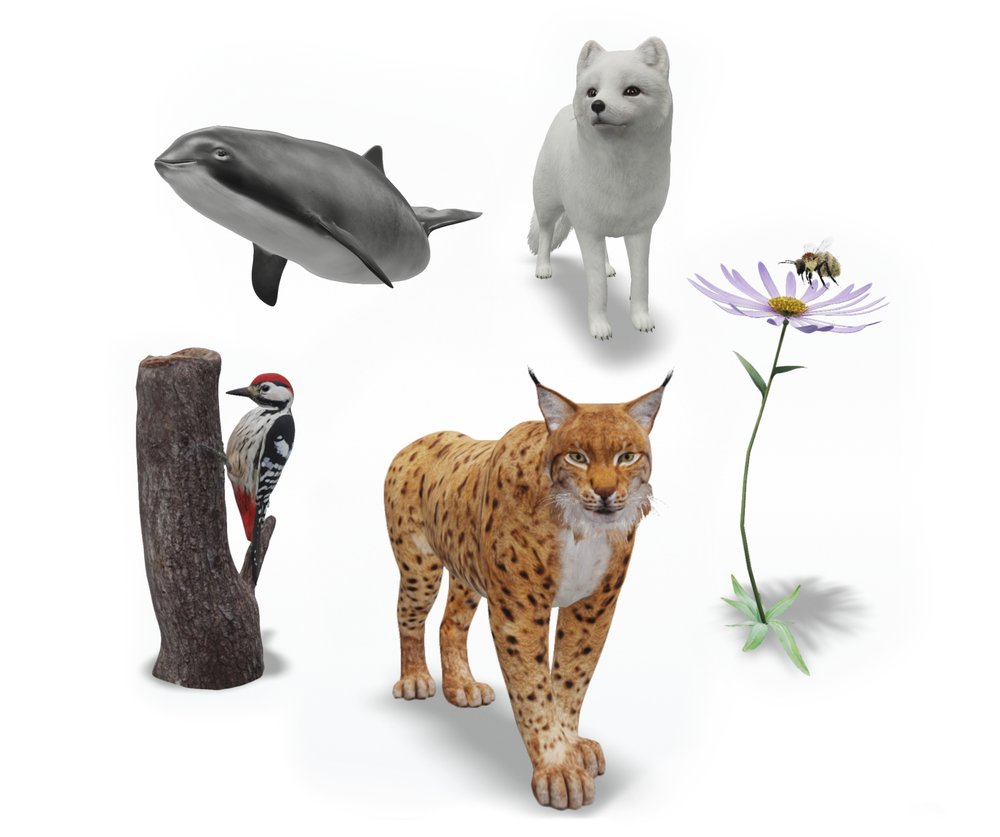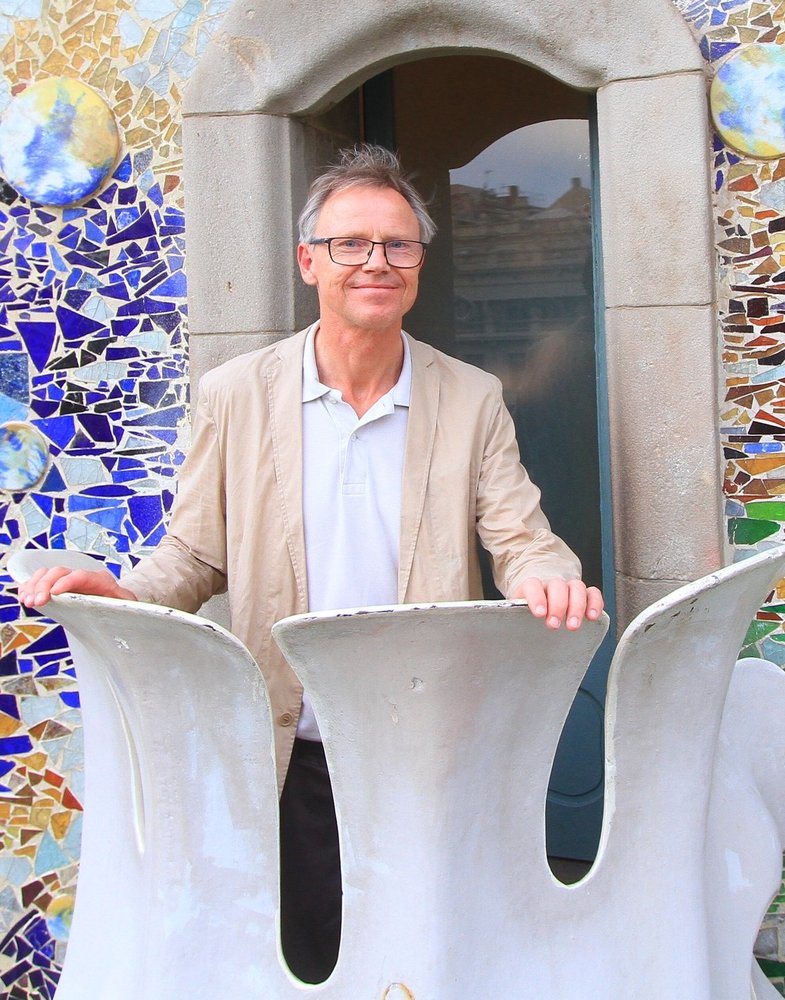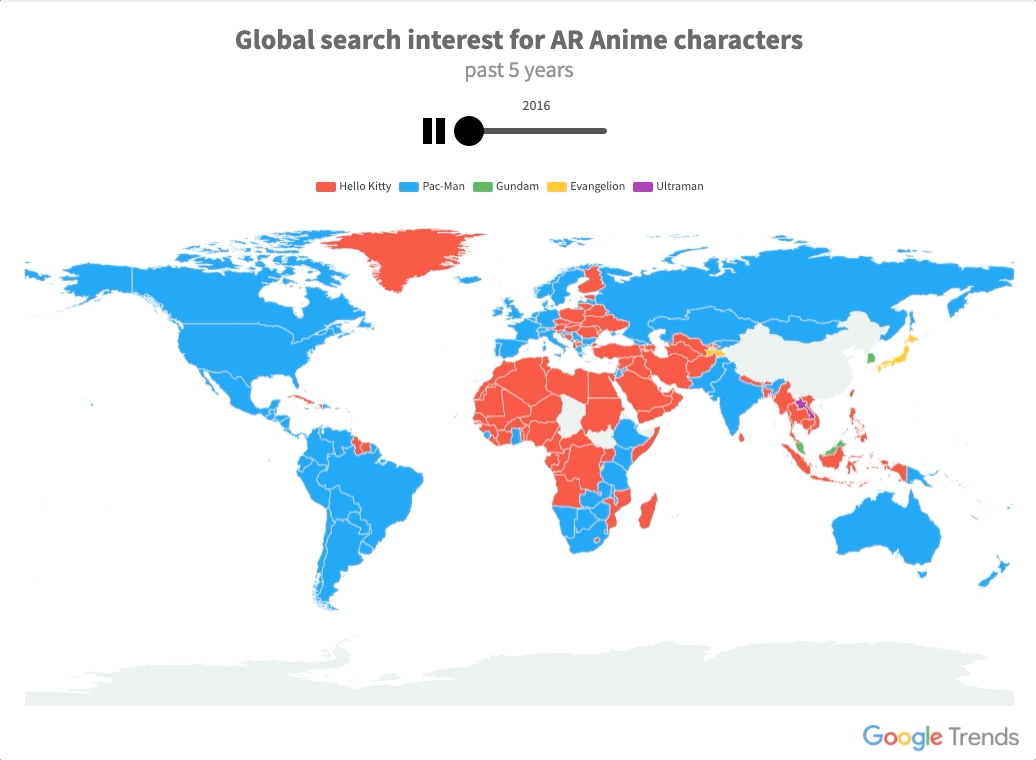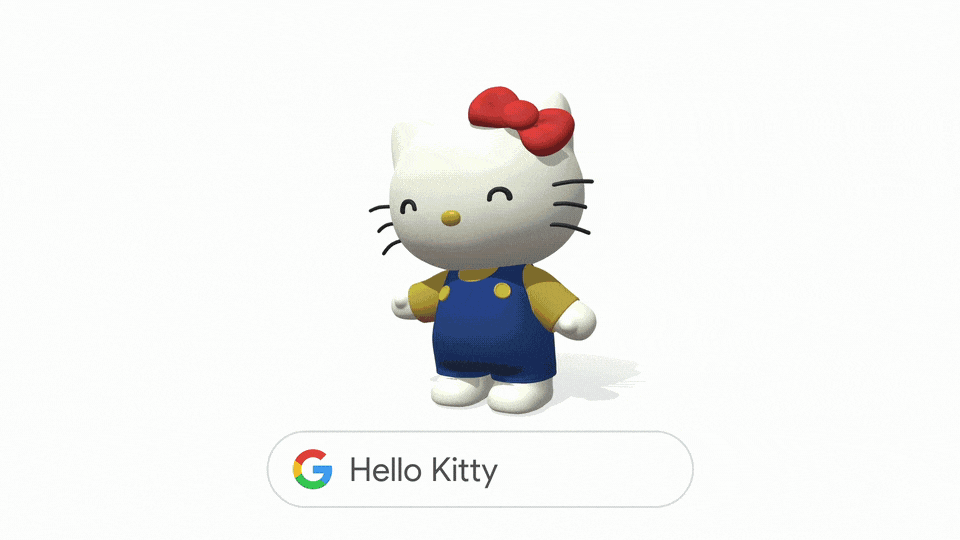Meet the expert — Dr. Franz Smola
While creating “Klimt vs. Klimt” the Google Arts & Culture team was advised and guided by Dr. Franz Smola, curator at the Belvedere and acknowledged around the world as one of the foremost Klimt experts. He shared some of his thoughts on working on the project:
Why are Klimt’s Faculty Paintings so important?
Klimt´s three Faculty Paintings were among the largest artworks Klimt ever created and in the field of Symbolist painting they represent Klimt’s masterpieces.
What do you think about the recolored versions?
The colors were essential for the overwhelming effect of these paintings, and they caused quite a stir among Klimt´s contemporaries. Therefore the reconstruction of the colors is synonymous with recognizing the true value and significance of these outstanding artworks.
Is there something the digital presentation adds to how Klimt and his artworks can be perceived?
I am deeply impressed by the fantastic images taken with Google’s Art Camera. They allow you to really explore a work of art, to jump into its texture and color application and to discover every detail in the easiest way possible. I also like how technology allows ideas to come to life that have always been merely hypothetical — I am thinking of the Pocket Gallery we created, which contains a highlight selection of Klimt’s paintings including some of which were lost.
If Klimt was still alive - how do you think he would engage with digital technologies?
Klimt was a highly visual figure. He rarely commented on his work, rather inviting people to look at the work alone and draw their own conclusions. The “Klimt vs. Klimt” project primarily uses visual, non-verbal tools to convey Klimt’s work, which is very much in line with Klimt’s character. Klimt liked to lead a rather secluded life within the walls of his studio, to which only a few had access. I am certain he would have liked the idea of jumping from this remote and quiet place into the World Wide Web, having access to millions of artworks and seeing his art distributed and communicated around the world.
To explore “Klimt vs. Klimt - The Man of Contradictions” visit g.co/klimtvsklimt or download the free Google Arts & Culture app for iOS or Android.
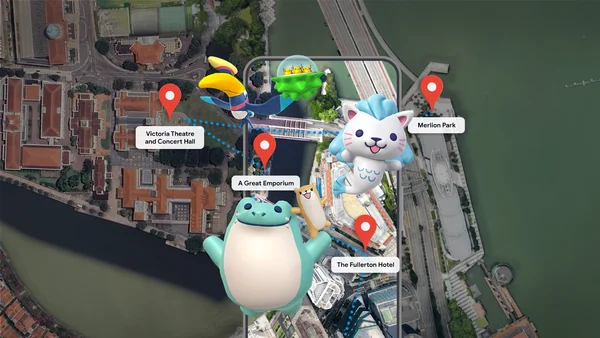 Singapore Tourism Board has added more landmarks to their immersive tour of Singapore, an experience powered by Google’s ARCore and Geospatial Creator.
Singapore Tourism Board has added more landmarks to their immersive tour of Singapore, an experience powered by Google’s ARCore and Geospatial Creator.
 Singapore Tourism Board has added more landmarks to their immersive tour of Singapore, an experience powered by Google’s ARCore and Geospatial Creator.
Singapore Tourism Board has added more landmarks to their immersive tour of Singapore, an experience powered by Google’s ARCore and Geospatial Creator.
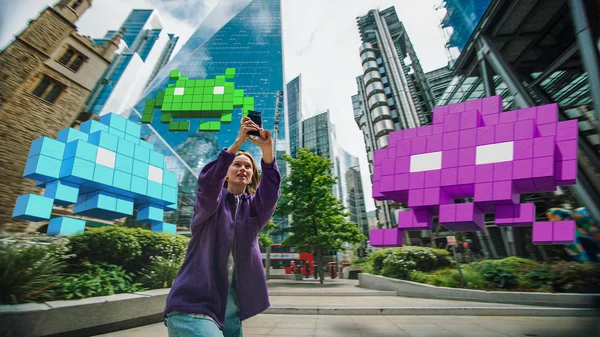 Google and TAITO partner to release SPACE INVADERS: World Defense, a new immersive AR game that turns the world into a playground.
Google and TAITO partner to release SPACE INVADERS: World Defense, a new immersive AR game that turns the world into a playground.
 The Gorillaz band re-invents the music video and concert going experience using ARCore Geospatial API.
The Gorillaz band re-invents the music video and concert going experience using ARCore Geospatial API.
